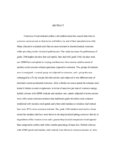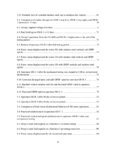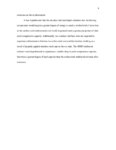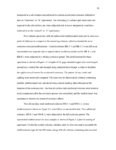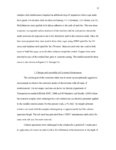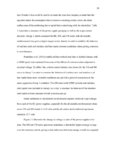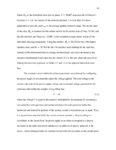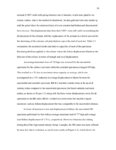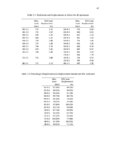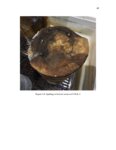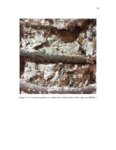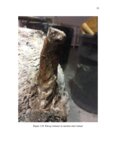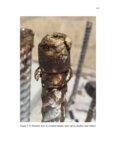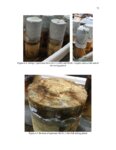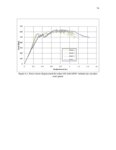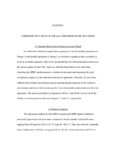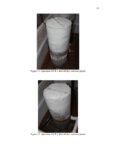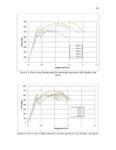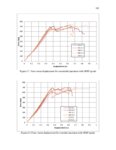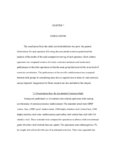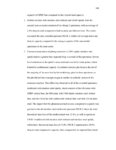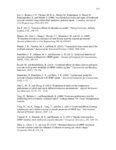| Description |
Corrosion of conventional carbon steel reinforcement has caused structures in corrosive environments to deteriorate well before the end of their intended service life. Many alternative materials exist that are more resistant to electrochemical corrosion while providing similar structural performance. This study examines the performance of grade 2304 duplex stainless bars and spirals, bars clad with grade 316L stainless steel, and GFRP bars and spirals in varying combinations when used as reinforcement of medium-scale concrete column specimens exposed to corrosion. Two groups of columns were investigated: a control group not subjected to corrosion, and a group that was submerged in a 5% by weight chloride solution and subjected to two different rates of electrical current accelerated corrosion. After a 60-day corrosion period the columns were tested to failure in axial compression. In terms of mass loss per unit of corrosion energy, hybrid columns with GFRP verticals and stainless steel spirals subjected to lower current were 260% more corrosion resistant than traditional grade 60 carbon steel; columns reinforced with stainless steel spirals and either solid stainless or stainless clad vertical bars were 197% more corrosion resistant. The grade 2304 stainless steel and to a lesser extent the stainless clad bars were shown to develop localized pitting corrosion that led to degradation of the concrete cover and a greater drop in axial compressive load capacity than compared to carbon steel with a similar percentage of mass loss. Hybrid columns with GFRP spirals and stainless clad verticals were the most corrosion resistant in terms iv of retention of axial capacity per unit corrosion energy. Columns reinforced with GFRP spirals and GFRP vertical bars experienced a 5.9% drop in axial compressive load capacity due to exposure to the saline solution, compared to the 7.18% drop in axial compressive capacity of the corroded all-carbon steel reinforced column. |




